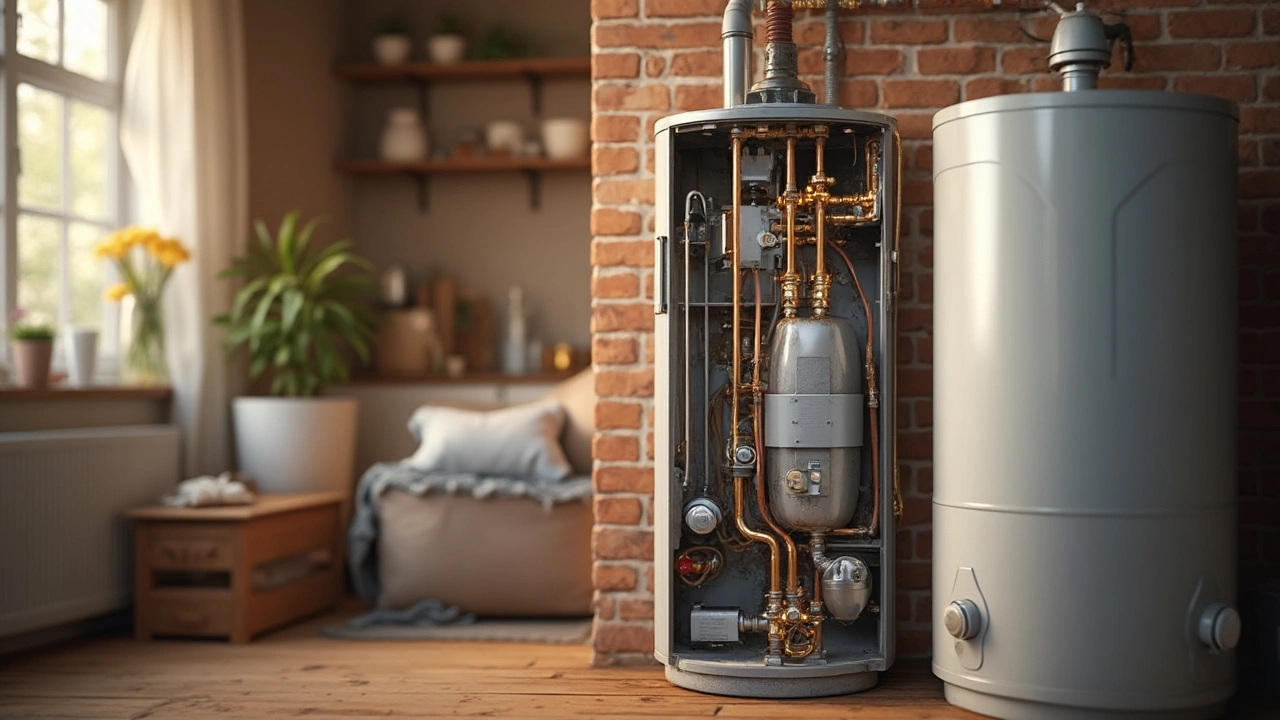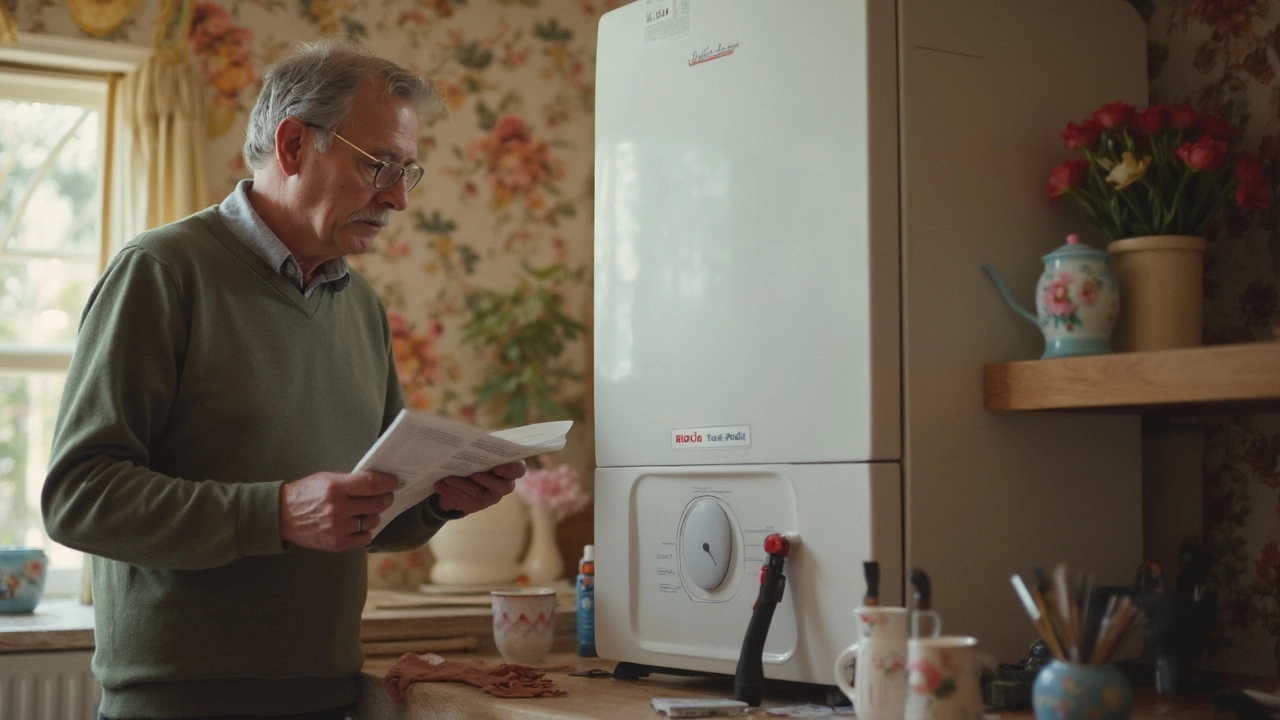Common Water Heater Problems and How to Fix Them
If your shower feels like an ice bath or your tank starts making weird noises, you’re probably dealing with one of the usual water heater headaches. The good news is most of these issues are easy to spot and can be solved without a huge bill. Below we break down the top complaints, why they occur, and what you can do right now.
Top 5 Everyday Water Heater Issues
No hot water. This is the most common call we get. It can be caused by a tripped breaker, a blown fuse, or a faulty thermostat. Check the power first, then move on to the temperature settings.
Water is too hot. An overheating tank often means the thermostat is set too high or the high‑limit switch failed. Lower the dial to 120°F (49°C) and see if the problem eases.
Strange noises. Rattling, popping, or humming usually points to sediment buildup at the bottom of the tank. The sediment acts like a blanket, causing the heating element to overheat and make noise.
Leaks around the base. Leaks can be a loose pipe, a cracked tank, or a failing pressure‑relief valve. Tighten connections first; if water keeps spilling, the tank itself may need replacement.
Constant resetting. If the heater keeps tripping the reset button, the thermostat or the heating element is likely shorted. This is a safety feature that protects you from overheating.
How to Spot and Fix Each Problem
Start with the power source. A simple breaker reset or fuse swap can restore hot water in minutes. If the power looks fine, open the access panel and feel the thermostat dial. Adjust it if it’s way above 120°F.
For noisy tanks, turn off the power or gas, let the water cool, then drain a few gallons to flush out sediment. A garden hose attached to the drain valve works well. If the noise stops after a few minutes, you’ve cleared the buildup.
When you see a leak, first tighten any visible nuts. If the drip persists, replace the pressure‑relief valve—these are cheap and easy to swap. A cracked tank, however, means the whole unit should be replaced; trying to patch it isn’t safe.
If the reset button trips repeatedly, turn the heater off, let it cool, and inspect the heating element for corrosion or cracks. Replacing an element is straightforward and usually costs less than a full service call.
Regular maintenance beats emergency repairs every time. Flush the tank once a year, test the pressure‑relief valve, and keep the area around the heater clean and dry. A quick check before the heating season can save you from cold showers later.
Still stuck? Our blog posts like “Why Do I Have to Keep Resetting My Water Heater?” and “The #1 Cause of Water Heater Failure and How to Prevent It” dive deeper into each issue. You’ll find step‑by‑step guides, tools you’ll need, and signs that tell you when it’s time to call a pro.
Bottom line: most water heater problems start with a simple check—power, thermostat, and sediment. Fix those, and you’ll likely have hot water for years to come. If not, a local expert can diagnose the tougher stuff without breaking the bank.

Common Water Heater Failures: Where Most Problems Start & How to Prevent Them
Wondering where your water heater is most likely to break? Discover the most common failure points, key causes, and expert tips for lasting hot water.

What Usually Fails on a Water Heater? Top Issues, Simple Fixes
Wondering why your water heater stops working? This article breaks down the most common things that go wrong, from heating elements to thermostats, and explains what causes these issues. You’ll learn how to spot signs of trouble before you’re left with a cold shower. I’ll also share practical tips to help you keep your water heater running longer. Easy language, real-life advice, and a few tricks from my own toolbox.